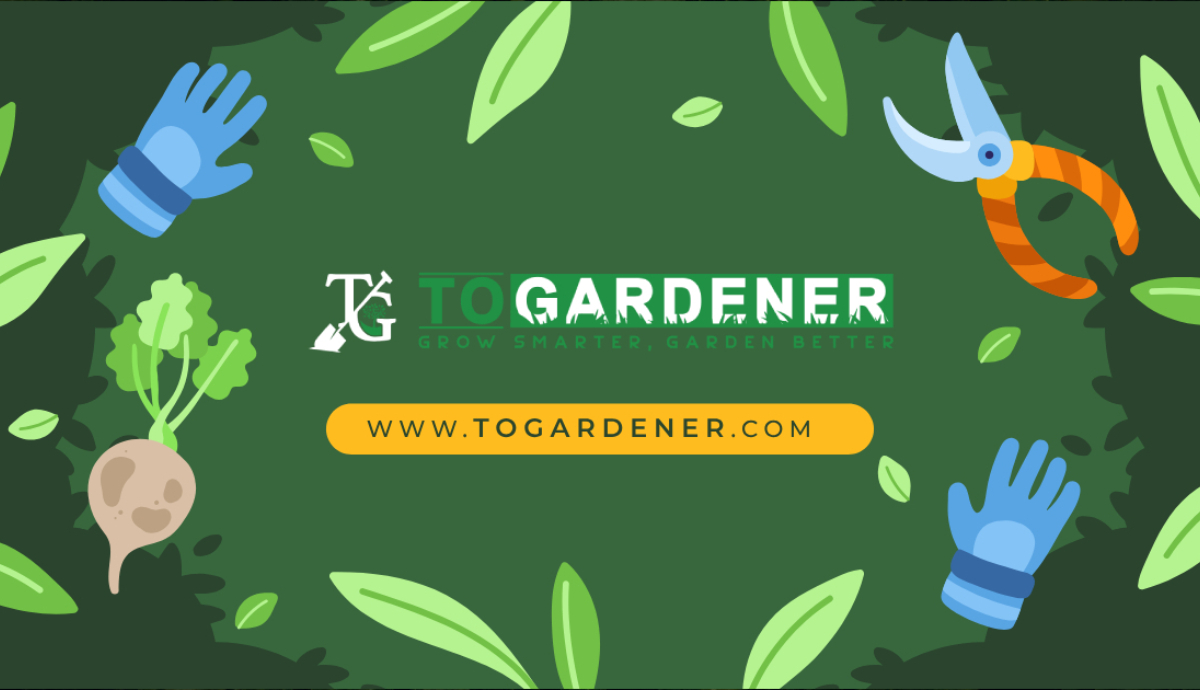Imagine harvesting crisp leafy greens and fresh herbs from your own home—without digging up a garden or worrying about soil quality. With a vegetable hydroponic system, you can grow delicious, nutrient-rich vegetables year-round, even in small apartments or backyards. If you’re new to hydroponics, this guide will show you step-by-step how to build your own DIY vegetable hydroponic system easily and effectively.
What Is a Vegetable Hydroponic System?
Hydroponics is a method of growing plants without soil. Instead, plants thrive in a water-based, mineral-rich nutrient solution. Because plants can absorb nutrients directly and in optimal amounts, hydroponics often results in faster growth and higher yields compared to traditional soil gardening.
Common types of hydroponic systems include:
- Nutrient Film Technique (NFT): A thin film of nutrient solution flows over plant roots.
- Deep Water Culture (DWC): Plant roots suspend in oxygenated nutrient water.
- Drip Systems: Nutrient solution drips onto the roots.
- Aeroponics: Roots are misted with nutrient-rich water.
If you’re a beginner, the deep water culture system is simple and affordable to start with.
Why Choose Hydroponics for Growing Vegetables?
Hydroponics offers many exciting advantages:
- Save Space: Grow more in less room. Ideal for apartments or small yards.
- Conserve Water: Uses up to 90% less water than soil gardening.
- Grow Faster: Nutrients go directly to roots for rapid plant development.
- Reduce Pests & Diseases: No soil means fewer soil-borne problems.
- Grow Anytime, Anywhere: Perfect for year-round indoor or outdoor cultivation.
Essential Materials for Your DIY Vegetable Hydroponic System
Gather these simple supplies to build a beginner-friendly DWC hydroponic setup:
- Food-safe plastic container or reservoir (10–20 gallons recommended)
- Net pots (plastic mesh cups to hold plants)
- Growing medium such as clay pellets, perlite, or rockwool
- Air pump and air stone to oxygenate your nutrient solution
- Hydroponic nutrient solution formulated for vegetables
- pH test kit and pH adjusters (pH up/down solutions)
- Seeds or seedlings (lettuce, spinach, basil, etc.)
- Tubing for the air pump
- Lid or cover for your reservoir
Step-by-Step: Build Your Vegetable Hydroponic System
Step 1: Pick and Prepare Your Reservoir
Choose a sturdy, opaque container with a lid to hold your water and nutrients. An opaque container helps prevent algae growth. A 10–20 gallon storage bin works well for most beginners.
Step 2: Cut Holes for Net Pots
Mark and cut holes on the lid to snugly fit your net pots. Keep the spacing about 6–8 inches apart to allow proper growth.
Step 3: Fill Net Pots With Growing Medium
Place clay pellets or another inert medium into the net pots. This supports the plants and lets their roots grow through into the nutrient solution.
Step 4: Set Up Aeration
Connect your air stone to the air pump using tubing and place the air stone at the bottom of the container. Oxygenating the water keeps roots healthy and promotes growth.
Step 5: Mix Nutrient Solution and Adjust pH
Fill the reservoir with water and mix in hydroponic nutrients according to instructions. Use your pH test kit to check and adjust the water’s acidity. Aim for a pH between 5.5 and 6.5 for most vegetables.
Step 6: Plant Your Seeds or Seedlings
Place seeds or young seedlings into the media-filled net pots. For seeds, you may prefer starting them in rockwool cubes or seed trays before transplanting.
Step 7: Provide Light and Monitor
Place your system in a spot with plenty of light, or use supplemental grow lights. Check water level, nutrients, and pH weekly to keep the system in top shape.
Best Vegetables to Grow in Your Hydroponic Setup
Some vegetables flourish in hydroponics, especially if you’re starting out:
- Leafy Greens: Lettuce, spinach, kale, arugula
- Herbs: Basil, mint, cilantro, parsley
- Microgreens: Quick-growing and very nutritious
- Fruit Plants (advanced): Cherry tomatoes, peppers, cucumbers
Tip: Choose fast-growing, low-maintenance plants for your first hydroponic garden to build confidence and success.
Troubleshooting and Common Challenges
- Algae Growth: Keep your reservoir covered and out of direct sunlight.
- Root Rot: Make sure the air pump is working well to oxygenate roots.
- pH Issues: Test pH regularly to prevent nutrient lockout; adjust as necessary.
- Nutrient Deficiencies: Replace solution every 2–3 weeks and watch leaves for signs like yellowing.
Expanding and Improving Your Hydroponic Garden
Once comfortable, you can explore:
- Multiple layers or vertical farming structures to maximize space
- Advanced systems like drip or NFT for larger yield
- Automated controllers for light, pH, and nutrient dosing
- Experimenting with different veggies, fruits, and planting cycles
Final Thoughts
Starting a vegetable hydroponic system is a rewarding way to enjoy fresh, home-grown veggies no matter where you live. With minimal equipment and a little practice, you can grow nutritious vegetables faster and cleaner than ever before. This beginner-friendly approach opens the door to sustainable urban gardening, healthy eating, and the joy of growing your own food.
Ready to cultivate your first hydroponic harvest? Gather the materials, follow the steps, and enjoy your garden at home all year round!
If you found this guide helpful, explore our other articles on indoor gardening and sustainable living to deepen your green thumb!
“`
—
**Meta Description:**
Discover how to build your own vegetable hydroponic system at home with this beginner-friendly guide. Grow fresh, healthy vegetables all year round!
